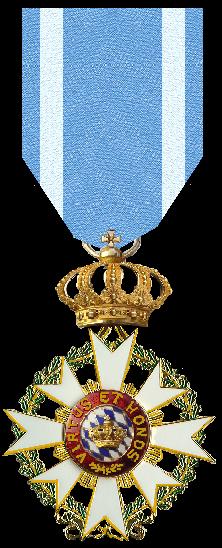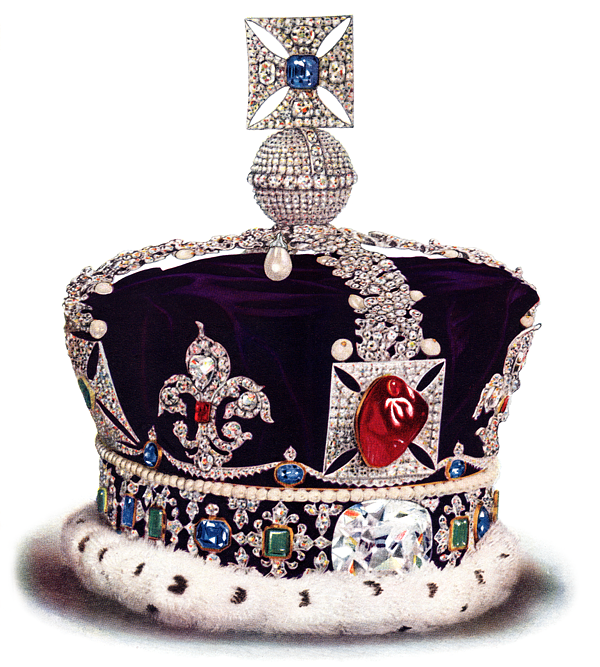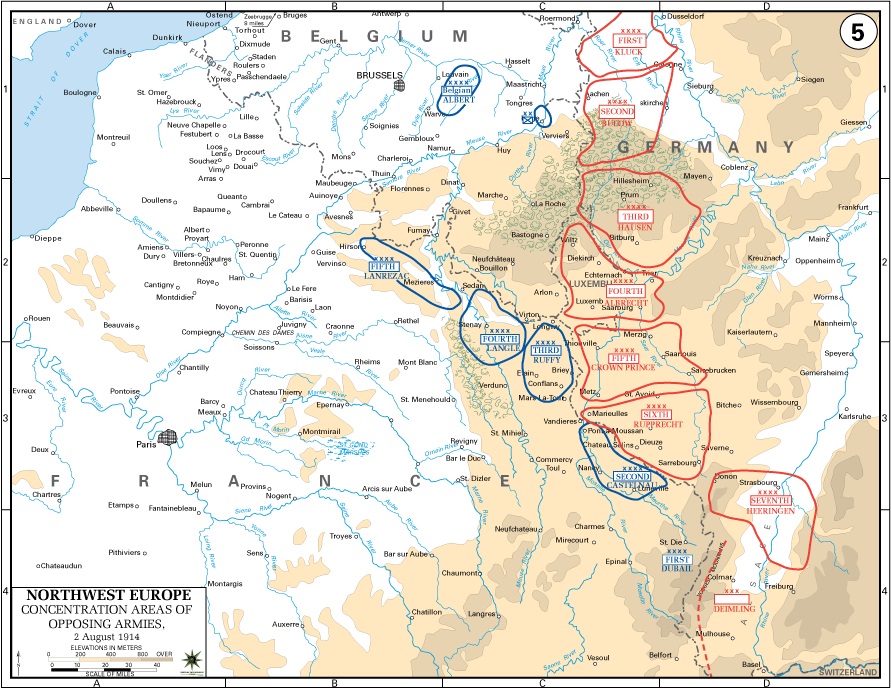|
Jakob Ritter Von Danner
Jakob Ritter von Danner (7 August 1865 in Queichheim/Landau – 28 December 1942 in Munich) was a general in the Royal Bavarian Army, the Imperial German Army and the Reichswehr. As commandant of the Munich garrison of the ''Reichswehr'', he was a central figure in putting down the attempted Beer Hall Putsch by Adolf Hitler and the Nazis in 1923. Early life and family Jakob Danner was born on 7 August 1865 in Queichheim in the Bavarian Palatinate (region), Palatinate as the son of Ludwig Danner and Karolina, ''née'' Reich. On 1 December 1913, he married Anna, ''née'' Fuchssteiner. Military Service Danner entered the Royal Bavarian Army on 13 August 1884 as an officer candidate in the Royal Bavarian 17th Infantry Regiment "Orff" (') in Germersheim and was commissioned a lieutenant on 7 July 1886.''Kriegsrangliste der Reichswehr-Brigade 24'', Bavarian State Archives, Department IV, War Archive, Kriegsranglisten und -stammrollen, 1914-1918, Munich. He was promoted to ''Oberleutnant ... [...More Info...] [...Related Items...] OR: [Wikipedia] [Google] [Baidu] |
Queichheim
Queichheim is a quarter (country subdivision), quarter of Landau in der Pfalz in the German state of Rhineland-Palatinate. Queichheim, with about 3,100 inhabitants as of 2004, is located east of the railroad line from Karlsruhe to Neustadt an der Weinstraße, Neustadt, south of the Queich River, and it borders on the inner city. History Queichheim was presumably founded by a Franks, Frank named ''Cogich'', ''Cogin'' or ''Cogo'', since old manuscripts from the abbey at Wissembourg, Weißenburg from the 7th century always mention Cogichheim or Cogisheim. It is almost certain that they refer to today's Queichheim. Stone coffins found during excavation for today's Protestantism, Evangelical church in 1769 indicate that the area was settled in the time of the Merovingians (7th to 8th century). Later, the name mentioned above, which had no significance to the inhabitants, was changed to Queichheim (village on the Queich). The oldest documents record the gift of the ''Daumühlen ... [...More Info...] [...Related Items...] OR: [Wikipedia] [Google] [Baidu] |
Palatinate (region)
The Palatinate (; ; Palatine German language, Palatine German: ''Palz''), or the Rhenish Palatinate (''Rheinpfalz''), is a historical region of Germany. The Palatinate occupies most of the Southern Germany, southern quarter of the German States of Germany, federal state of Rhineland-Palatinate (''Rheinland-Pfalz''), covering an area of with about 1.4 million inhabitants. Its residents are known as Palatines (''Pfälzer''). Geography The Palatinate borders Saarland in the west, historically also comprising the state's Saarpfalz-Kreis, Saarpfalz District. In the northwest, the Hunsrück mountain range forms the border with the Rhineland region. The eastern border with Hesse and the Baden-Württemberg, Baden region runs along the Upper Rhine river, while the left bank, with Mainz and Worms, Germany, Worms as well as the Selz basin around Alzey, belong to the Rhenish Hesse region. In the south, the German-France, French border separates the Palatinate from Alsace. One-thir ... [...More Info...] [...Related Items...] OR: [Wikipedia] [Google] [Baidu] |
Order Of Merit Of The Bavarian Crown
The Order of Merit of the Bavarian Crown () was an Order (honour), order of merit of the Kingdom of Bavaria established by Maximilian I Joseph of Bavaria, King Maximilian Joseph I on 19 March 1808. The motto of the order is "Virtus et Honos" ('Courage and Honour'). The order was awarded in several grades: * Grand Cross * Grand Commander (grade added in 1855) * Commander * Knight * Medal in Gold * Medal in Silver History King Maximilian I Joseph, founded the order to reward civil servants of the state of all classes and other foreigners who were deserving of recognition of the Kingdom of Bavaria. It was created as a civil counterpart to the Military Order of Max Joseph. Both the orders brought non-noble recipients in the collection of personal nobility with the title "Ritter von". The Order of Merit of the Bavarian crown was initially founded with three grades Grand Cross, Commander, and Knight. Maximilian II of Bavaria, King Maximilian II added the grade of Grand Commander in 1 ... [...More Info...] [...Related Items...] OR: [Wikipedia] [Google] [Baidu] |
Ritter
Ritter (German for "knight") is a designation used as a title of nobility in German-speaking areas. Traditionally it denotes the second-lowest rank within the nobility, standing above " Edler" and below "" (Baron). As with most titles and designations within the nobility in German-speaking areas, the rank was hereditary and generally was used with the nobiliary particle of von or zu before a family name. For its historical association with warfare and the landed gentry in the Middle Ages, the title of Ritter can be considered roughly equal to the titles of "Knight", but it is hereditary like the British title of "Baronet". The wife of a Ritter was called a "Frau" (in this sense "Lady") and not Ritterin. In heraldry, from the late 18th century, a Ritter was often indicated by the use of a coronet with five points, But not everyone who was a Ritter and displayed arms made use of such a coronet. In the Austrian Empire and in Austria-Hungary, the title of "Ritter von" was besto ... [...More Info...] [...Related Items...] OR: [Wikipedia] [Google] [Baidu] |
Patent Of Nobility
The patent of nobility, also letters of nobility (always ), or diploma of nobility documented the legal act of ennoblement (granting rights of a nobleman to a "new man" and his family). The ennoblement was an event of ultimate importance in a feudal society. The preparation of diploma of nobility was usually done at the expense of a future noble, so his wealth and sense of aesthetics influenced the grandeur and appearance of the document. The patent was kept in the family archives, and practicality dictated registering it in the central archive, with the seal applied. The patents were created as an instrument of a central power to be used against the Landed aristocracy, landed hereditary aristocracy. The first European patent was issued by Philip III of France in the early 1270s to a commoner silversmith. While the rules for granting the patents were established by the son of Philip III, Philip IV of France, these were "far from irreversible", and the clear picture of French nobil ... [...More Info...] [...Related Items...] OR: [Wikipedia] [Google] [Baidu] |
Crown Prince Wilhelm Inspecting German Troops (1917)
A crown is a traditional form of head adornment, or hat, worn by monarchs as a symbol of their power and dignity. A crown is often, by extension, a symbol of the monarch's government or items endorsed by it. The word itself is used, particularly in Commonwealth countries, as an abstract name for the monarchy itself (and, by extension, the state of which said monarch is head) as distinct from the individual who inhabits it (that is, ''The Crown''). A specific type of crown (or coronet for lower ranks of peerage) is employed in heraldry under strict rules. Indeed, some monarchies never had a physical crown, just a heraldic representation, as in the constitutional kingdom of Belgium. Variations * Costume headgear imitating a monarch's crown is also called a crown hat. Such costume crowns may be worn by actors portraying a monarch, people at costume parties, or ritual "monarchs" such as the king of a Carnival krewe, or the person who found the trinket in a king cake. * The nup ... [...More Info...] [...Related Items...] OR: [Wikipedia] [Google] [Baidu] |
Eastern Front (World War I)
The Eastern Front or Eastern Theater, of World War I, was a theater (warfare), theater of operations that encompassed at its greatest extent the entire frontier between Russian Empire, Russia and Kingdom of Romania, Romania on one side and Austria-Hungary, Kingdom of Bulgaria, Bulgaria, the Ottoman Empire, and German Empire, Germany on the other. It ranged from the Baltic Sea in the north to the Black Sea in the south, involved most of Eastern Europe, and stretched deep into Central Europe. The term contrasts with the Western Front (World War I), Western Front, which was being fought in Belgium and French Third Republic, France. Unlike the static warfare on the Western Front, the fighting on the geographically larger Eastern Front was maneuver warfare, more dynamic, often involving the flanking and encirclement of entire formations, and resulted in over 100,000 square miles of territory becoming occupied by a foreign power. At the start of the war Russia launched offensives agai ... [...More Info...] [...Related Items...] OR: [Wikipedia] [Google] [Baidu] |
Western Front (World War I)
The Western Front was one of the main Theatre (warfare), theatres of war during World War I. Following the outbreak of war in August 1914, the Imperial German Army, German Army opened the Western Front by German invasion of Belgium (1914), invading Luxembourg and Belgium, then gaining military control of important industrial regions in Third Republic of France, France. The German advance was halted with the First Battle of the Marne, Battle of the Marne. Following the Race to the Sea, both sides dug in along a meandering line of fortified trench warfare, trenches, stretching from the North Sea to the Swiss frontier with France, the position of which changed little except during early 1917 and again in 1918. Between 1915 and 1917 there were several offensives along this Front (military), front. The attacks employed massive artillery bombardments and massed infantry advances. Entrenchments, machine gun emplacements, barbed wire, and artillery repeatedly inflicted severe casualties ... [...More Info...] [...Related Items...] OR: [Wikipedia] [Google] [Baidu] |
Moselle
The Moselle ( , ; ; ) is a river that rises in the Vosges mountains and flows through north-eastern France and Luxembourg to western Germany. It is a bank (geography), left bank tributary of the Rhine, which it joins at Koblenz. A small part of Belgium is in its drainage basin, basin as it includes the Sauer and the Our River, Our. Its lower course "twists and turns its way between Trier and Koblenz along one of Germany's most beautiful river valleys."''Moselle: Holidays in one of Germany's most beautiful river valleys'' at www.romantic-germany.info. Retrieved 23 Jan 2016. In this section the land to the north is the Eifel which stretches into Belgium; to the south lies the Hunsrück. The river flows through a region that was cultivated by the Romans. Today, its hi ... [...More Info...] [...Related Items...] OR: [Wikipedia] [Google] [Baidu] |
Meuse
The Meuse or Maas is a major European river, rising in France and flowing through Belgium and the Netherlands before draining into the North Sea from the Rhine–Meuse–Scheldt delta. It has a total length of . History From 1301, the upper Meuse roughly marked the western border of the Holy Roman Empire with the France in the Middle Ages, Kingdom of France, after Count Henry III, Count of Bar, Henry III of Bar had to receive the western part of the County of Bar (''Barrois mouvant'') as a French fief from the hands of King Philip IV of France, Philip IV. In 1408, a Burgundian army led by John the Fearless went to the aid of John III, Duke of Bavaria, John III against the citizens of Liège, who were in open revolt. After the Battle of Othée, battle, which saw the men from Liège defeated, John ordered the drowning in the Meuse of burghers and noblemen in Liège whose loyalties he suspected. The border remained relatively stable until the annexation of the Three Bishoprics ... [...More Info...] [...Related Items...] OR: [Wikipedia] [Google] [Baidu] |
Battle Of Lorraine
The Battle of Lorraine (14 August – 7 September 1914) was a battle on the Western Front during the First World War. The armies of France and Germany had completed their mobilisation, the French with Plan XVII, to conduct an offensive through Lorraine and Alsace into Germany and the Germans with ''Aufmarsch II West'', for an offensive in the north through Luxembourg and Belgium into France, supplemented with attacks in the south to prevent the French from transferring troops to the greater threat in the north. Background Belgium Belgian military planning was based on the assumption that other powers would uphold Belgian neutrality by expelling an invader. The likelihood of a German invasion did not lead the Belgian government to see France and Britain as potential allies nor did it intend to do more than protect its independence. The Anglo-French Entente (1904) had led the Belgians to perceive that the British attitude to Belgium had changed and that they would fight t ... [...More Info...] [...Related Items...] OR: [Wikipedia] [Google] [Baidu] |
Oberstleutnant
() (English: Lieutenant Colonel) is a senior field officer rank in several German-speaking and Scandinavian countries, equivalent to lieutenant colonel. It is currently used by both the ground and air forces of Austria, Germany, Switzerland, Denmark, Finland and Norway. The Swedish rank is a direct translation, as is the Finnish rank . Austria Austria's armed forces, the ''Bundesheer'', uses the rank Oberstleutnant as its sixth-highest officer rank. Like in Germany and Switzerland, Oberstleutnants are above Majors and below Obersts. The term also finds usage with the Austrian Bundespolizei (federal police force) and Justizwache (prison guards corps). These two organizations are civilian in nature, but their ranks are nonetheless structured in a military fashion. Belgium File:Army-BEL-OF-04.svg, Denmark The Danish rank of is based around the German term. Ranked OF-4 within NATO and having the paygrade of M401, it is used in the Royal Danish Army and the Ro ... [...More Info...] [...Related Items...] OR: [Wikipedia] [Google] [Baidu] |







